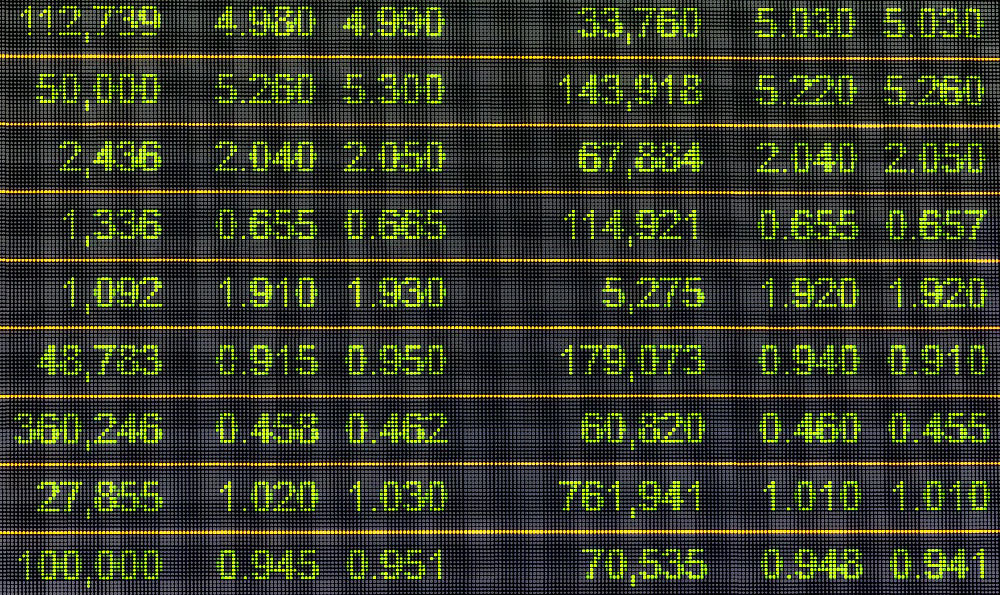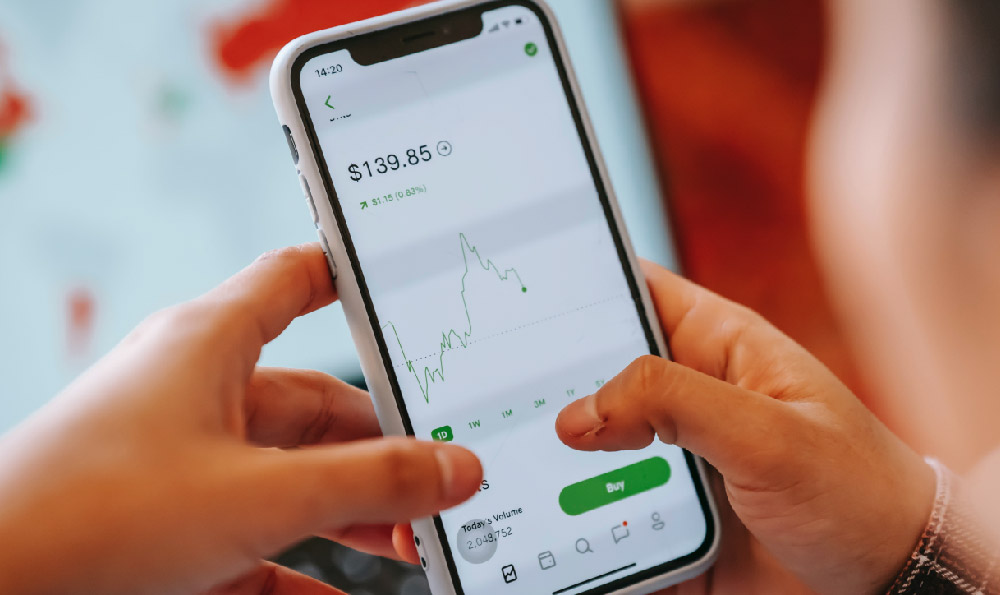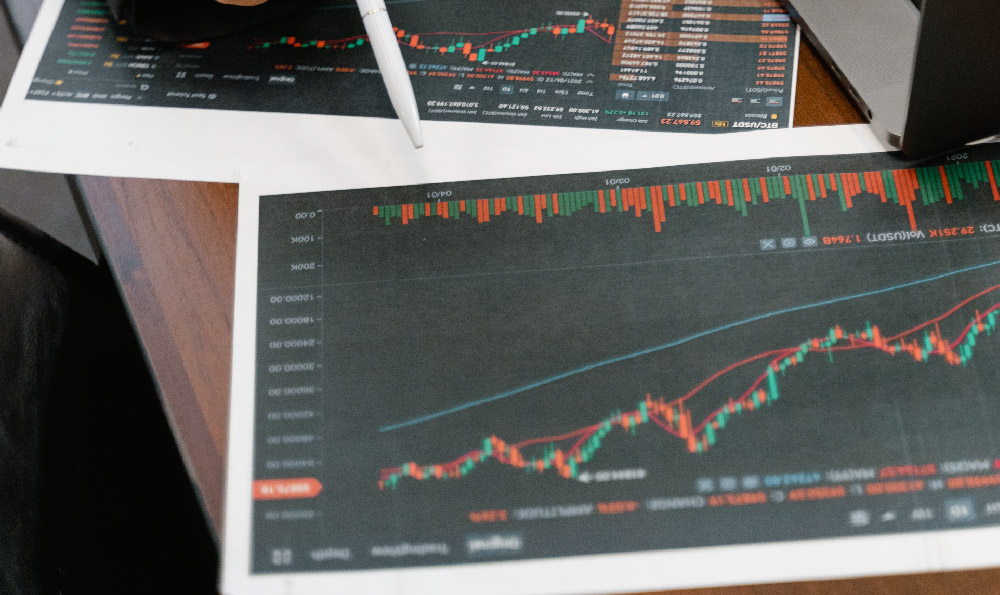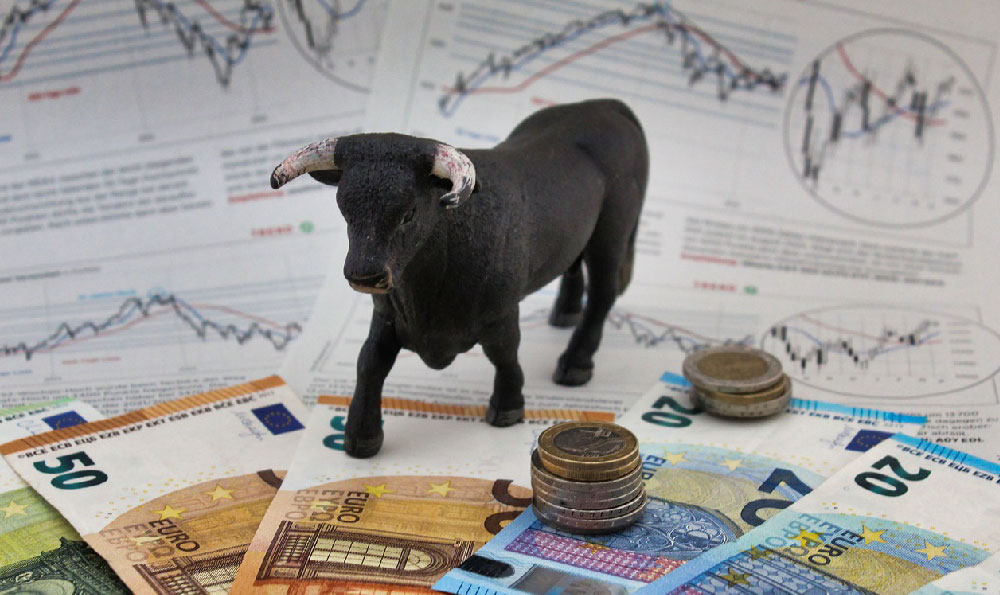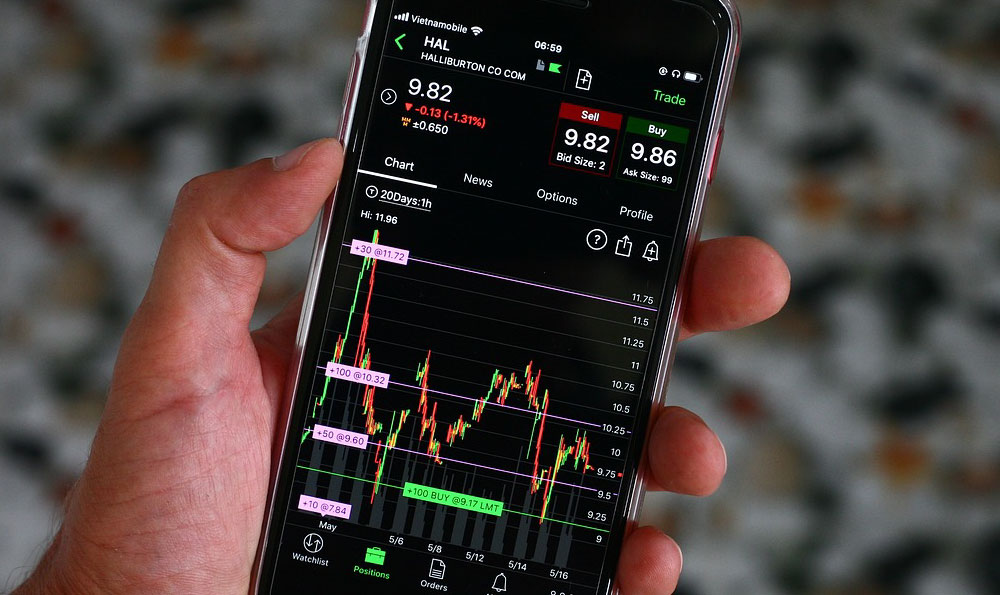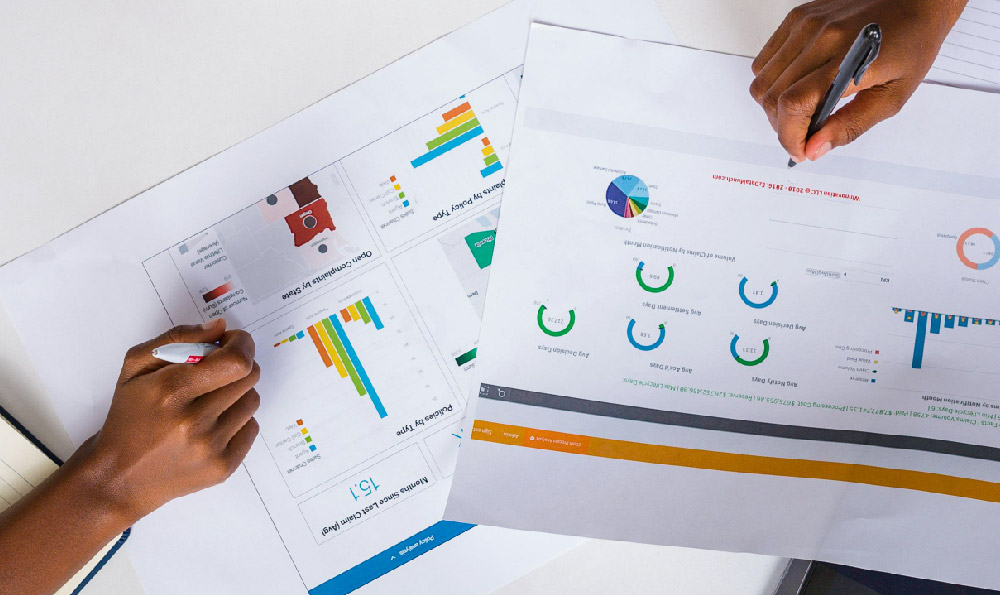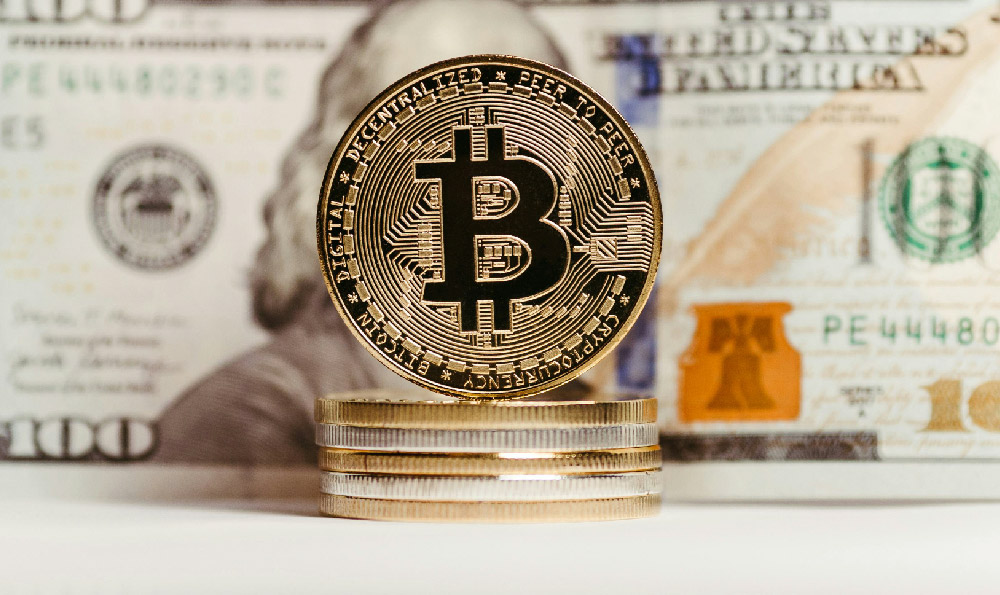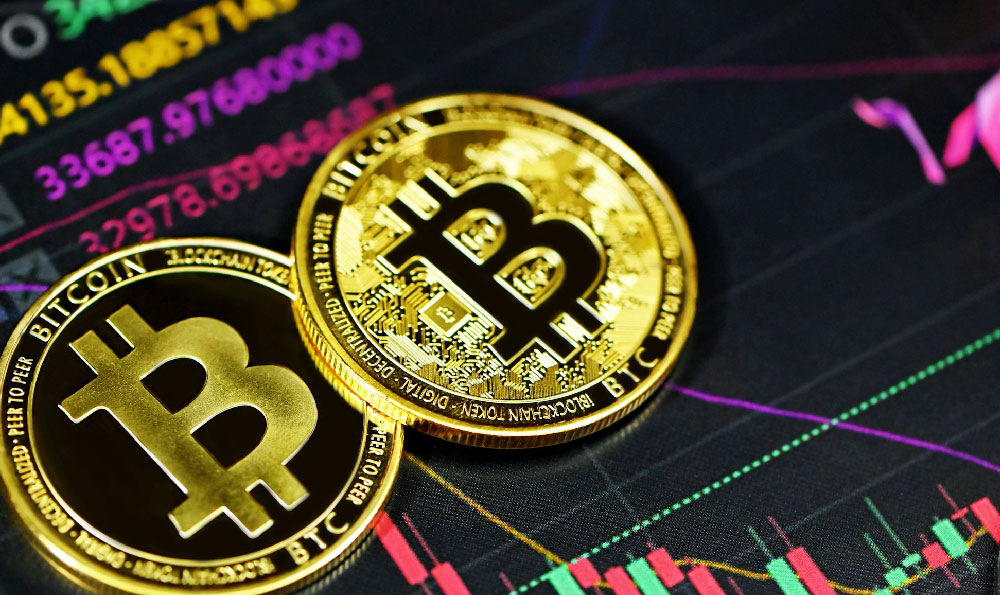Turning a Roblox game from a fun hobby into a lucrative venture requires a well-thought-out monetization strategy. It's not just about slapping a price tag on your creation; it's about creating a mutually beneficial relationship where players are happy to invest in your game, and you, in turn, can continue to develop and improve it. Several effective methods, each with its own strengths and weaknesses, can drive revenue in the Roblox ecosystem. Understanding these strategies and tailoring them to your specific game is crucial for success.
One of the most common and straightforward methods is selling in-game items. This can range from cosmetic enhancements like character skins, hats, or clothing to functional items that enhance gameplay, such as powerful weapons, helpful tools, or even unique vehicles. The key to success here lies in the balance. Items should be desirable enough to entice players to purchase them, but they shouldn't be so overpowered that they create an unfair "pay-to-win" environment. Cosmetic items are generally a safer bet, as they allow players to express their individuality without impacting the core gameplay mechanics. When designing items, consider rarity and exclusivity. Limited-edition items or those that are only available for a short period can create a sense of urgency and drive sales. Regularly introducing new and interesting items keeps the game fresh and gives players a reason to keep spending.
Another popular monetization strategy involves selling in-game currency. This is often the foundation for other microtransactions within the game. Players can purchase Robux (or a custom in-game currency) to then spend on items, perks, or other advantages. This model works well because it allows players to control their spending and purchase only what they need or want. However, it's crucial to carefully manage the exchange rate between real-world currency and in-game currency to avoid creating an impression of price gouging. Transparency is key here; players should understand exactly what they're getting for their money. Furthermore, implementing bonus systems, such as offering extra currency for larger purchases, can incentivize players to spend more.
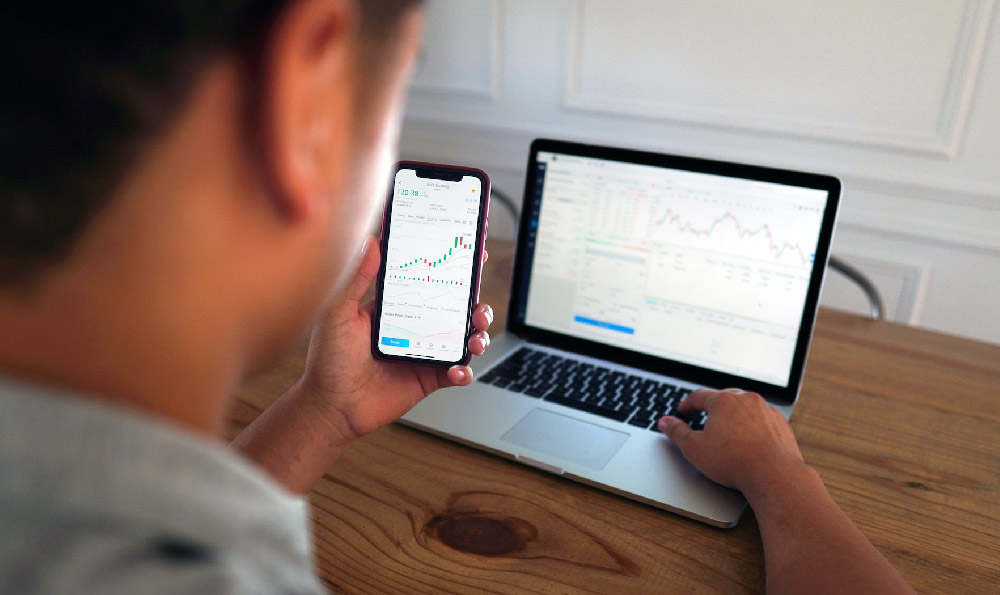
Game passes are another valuable tool for generating revenue. These are one-time purchases that grant players permanent benefits or access to exclusive features. Examples include increased experience gain, access to restricted areas, or special abilities. Game passes should offer significant value to players without disrupting the game balance. They provide a good way for committed players to support the game and gain access to unique advantages. When designing game passes, consider offering different tiers with varying levels of benefits to cater to a wider range of players and budgets. Clearly communicate the benefits of each game pass to avoid confusion and ensure that players understand what they're buying.
Beyond direct purchases, advertising within your game can be a viable revenue stream. This can take the form of strategically placed banners, video ads, or even sponsored in-game events. However, it's essential to implement advertising responsibly to avoid disrupting the player experience. Overly intrusive or aggressive advertising can quickly drive players away. Choose ad formats that are relatively unobtrusive and that fit the overall aesthetic of your game. Consider offering players the option to pay a small fee to remove ads entirely, catering to those who prefer an ad-free experience. Collaborating with other Roblox developers or brands to create sponsored content can also be a lucrative avenue, but it's important to ensure that the collaboration aligns with your game's values and target audience.
Effective community engagement is also integral to successful monetization. Actively listening to player feedback, responding to comments and concerns, and incorporating player suggestions into game updates fosters a sense of community and encourages players to support the game. Running regular contests, giveaways, and community events can also boost engagement and drive player spending. By creating a positive and welcoming environment, you can cultivate a loyal player base that is more likely to invest in your game. Consider creating a Discord server or forum where players can connect with each other and provide feedback directly to the development team.
Analyzing player data is paramount to optimizing your monetization strategies. Track which items are selling well, which game passes are most popular, and how players are interacting with in-game advertisements. This data can provide valuable insights into player preferences and help you tailor your monetization efforts to maximize revenue. Use analytics tools to monitor key metrics such as player retention, average revenue per player, and conversion rates. Experiment with different pricing strategies and item combinations to find what works best for your game. Continuously analyze the data and adapt your approach based on the results.
Finally, remember that the most important aspect of monetizing a Roblox game is to create a fun and engaging experience. If players are enjoying your game, they are more likely to be willing to spend money on it. Focus on developing high-quality gameplay, creating compelling content, and providing excellent customer support. Don't prioritize monetization over the player experience. A balanced approach that prioritizes both player satisfaction and revenue generation is the key to long-term success. Continuously update your game with new features, content, and improvements to keep players engaged and coming back for more. A thriving and active player base is the foundation for a successful monetization strategy.


